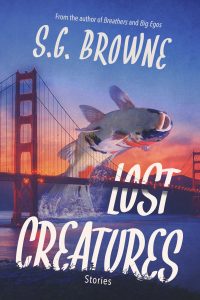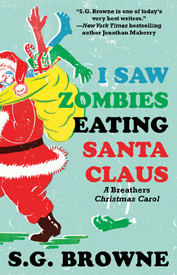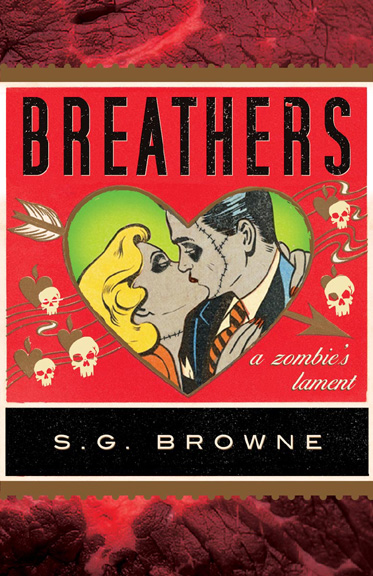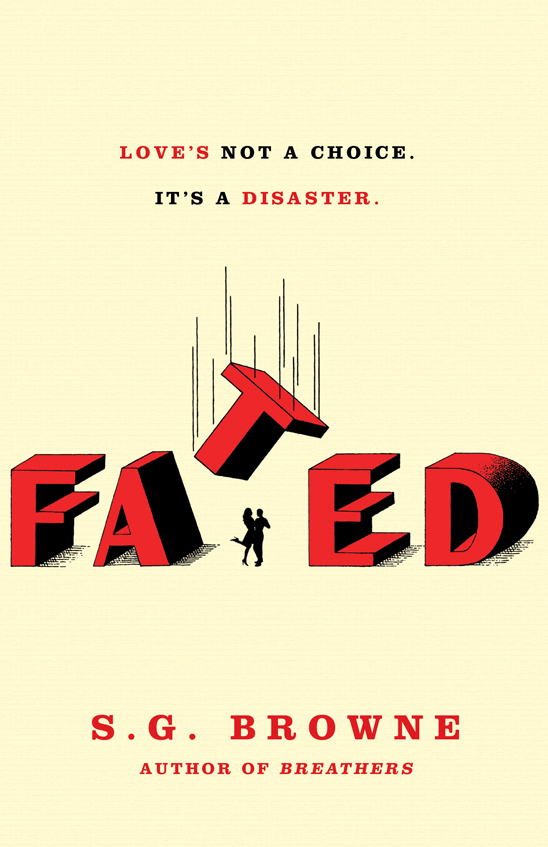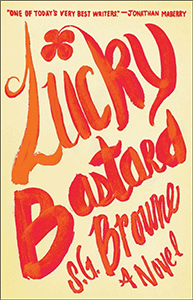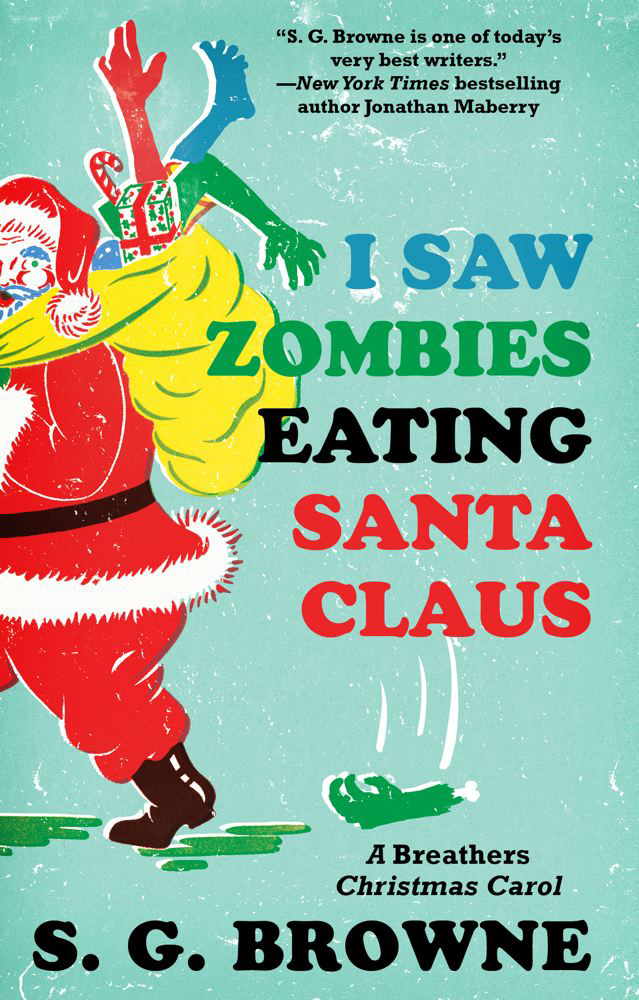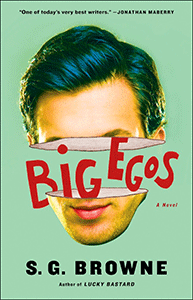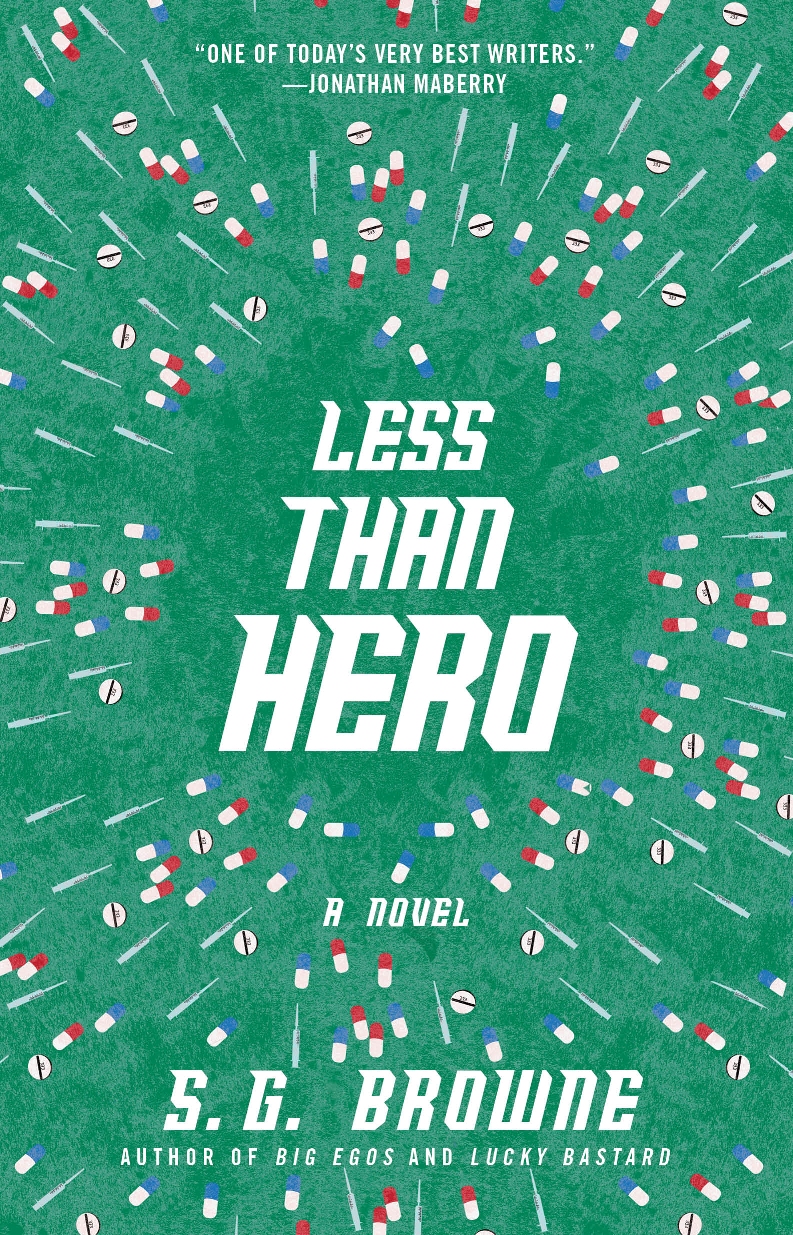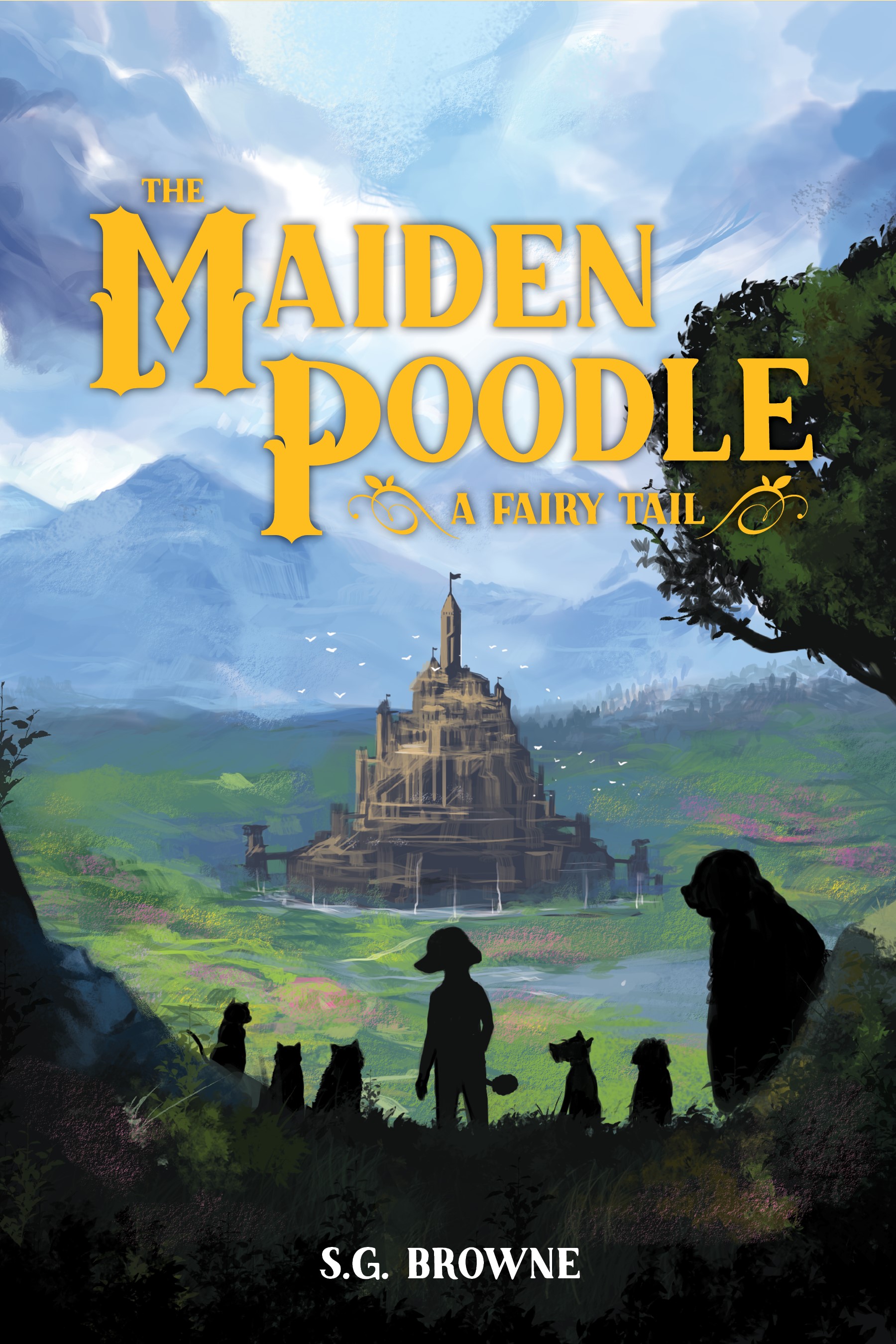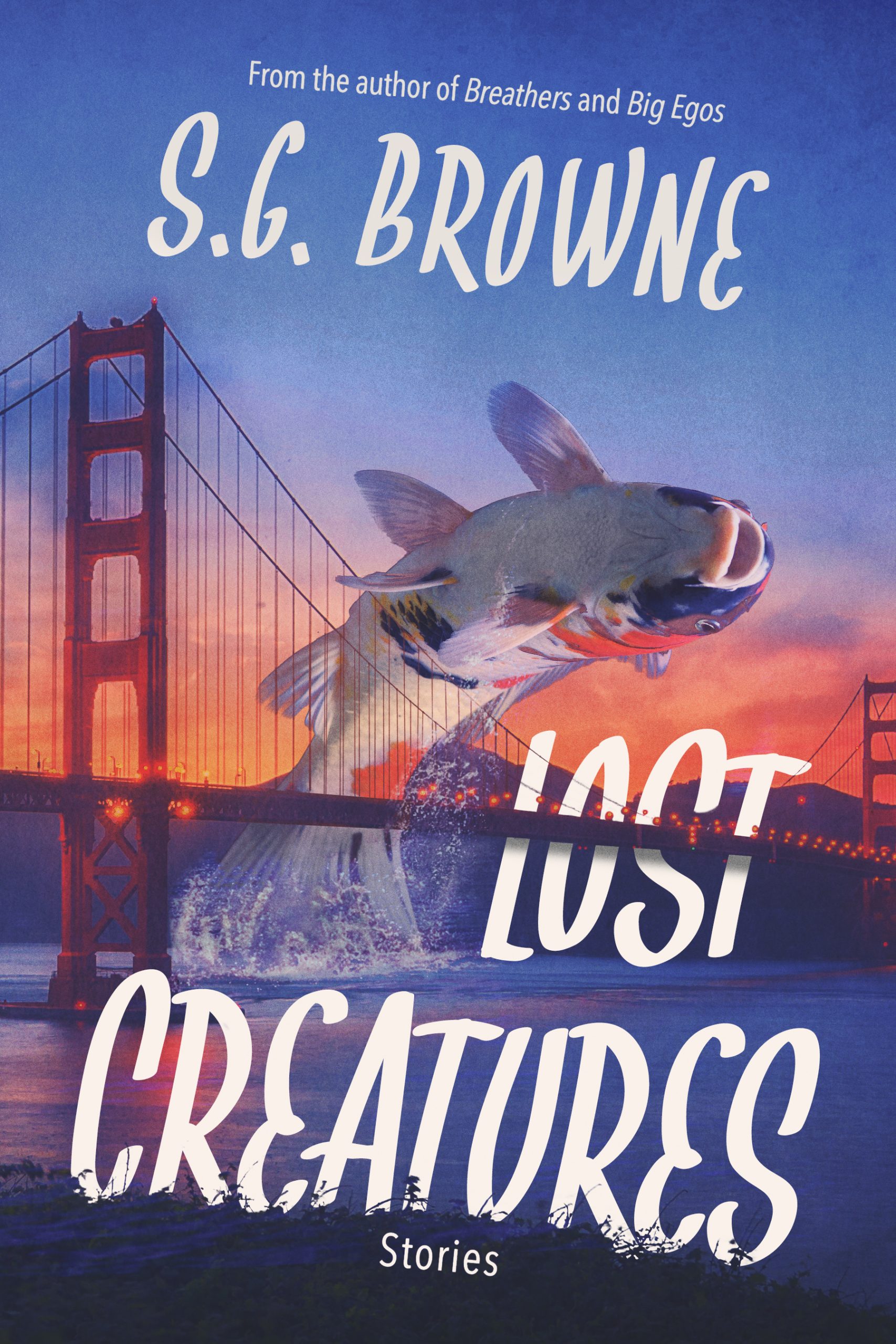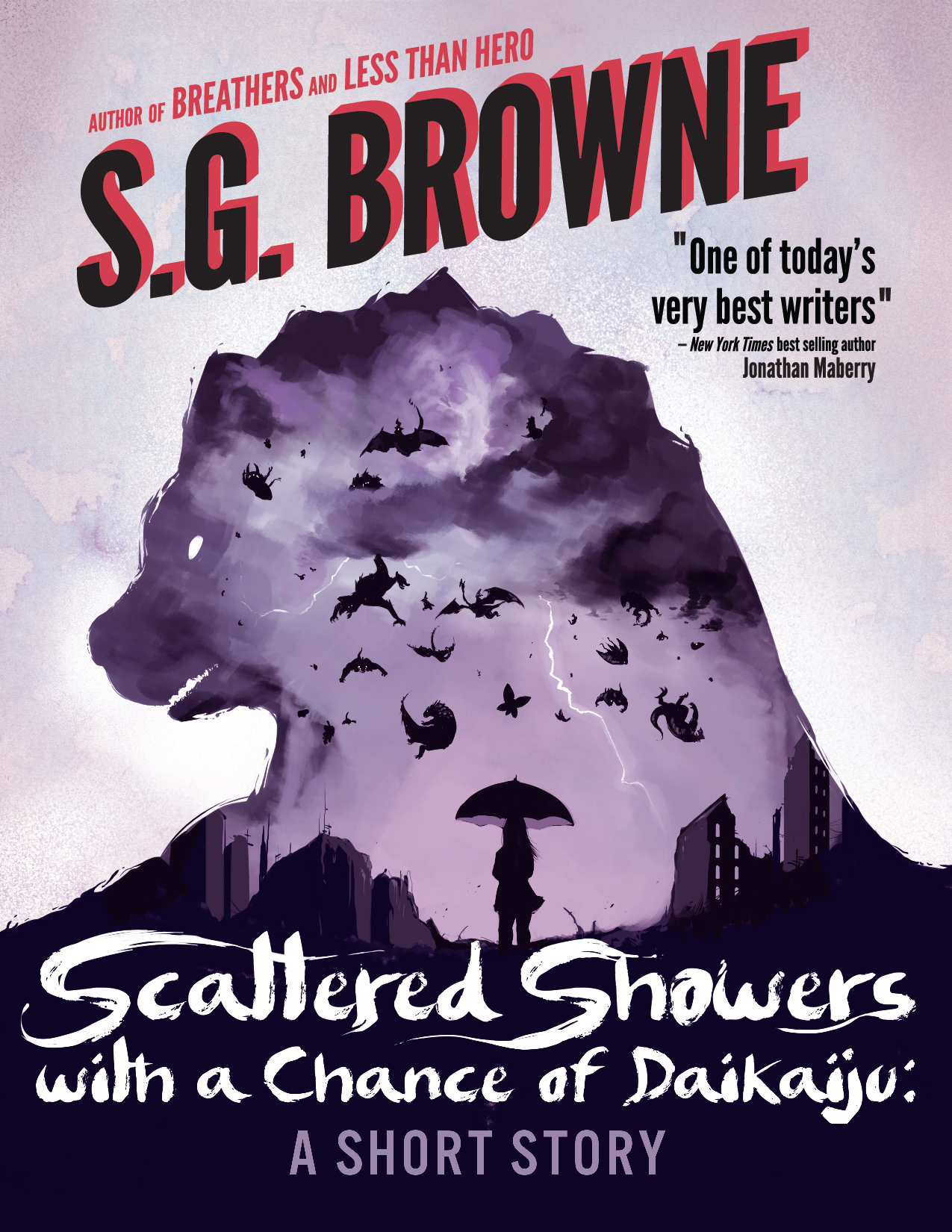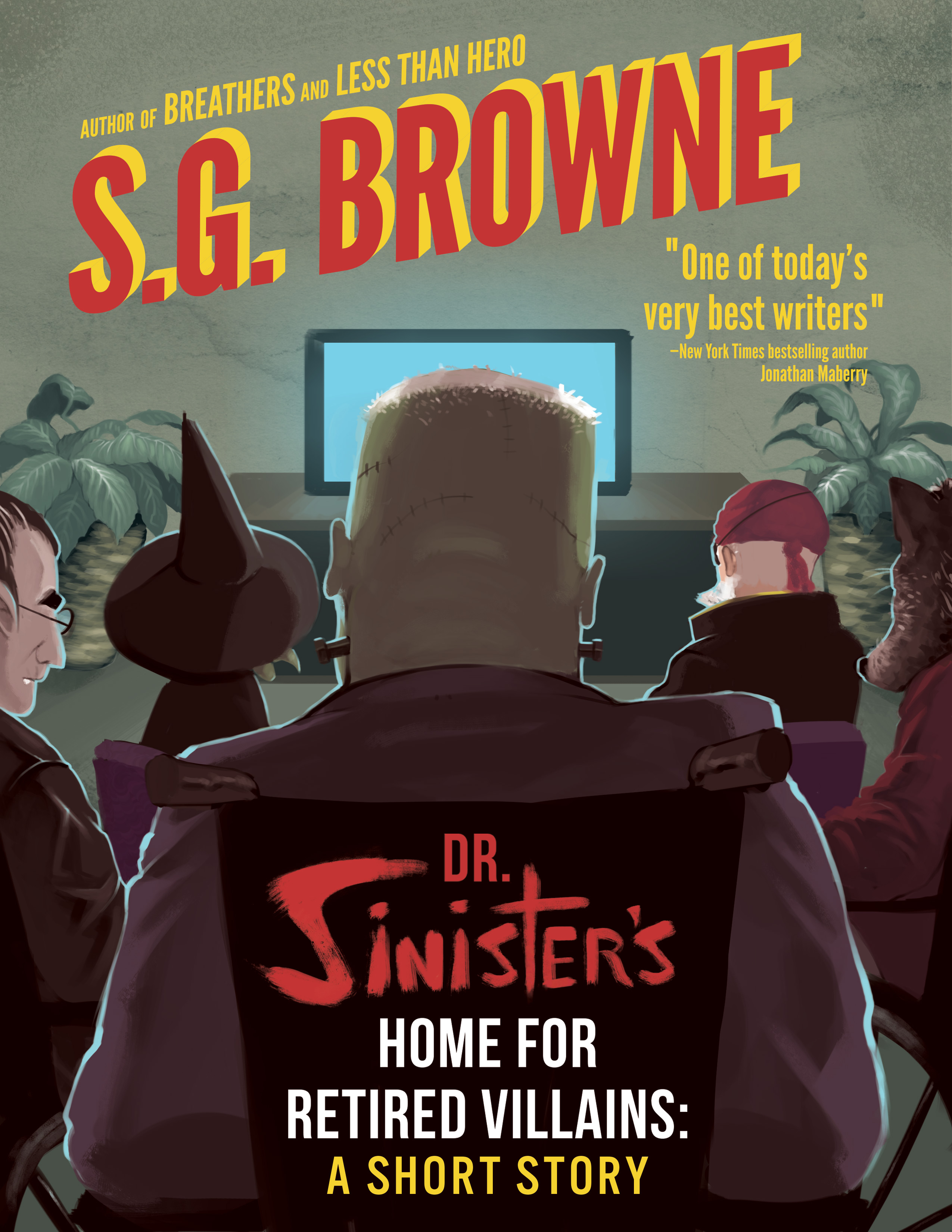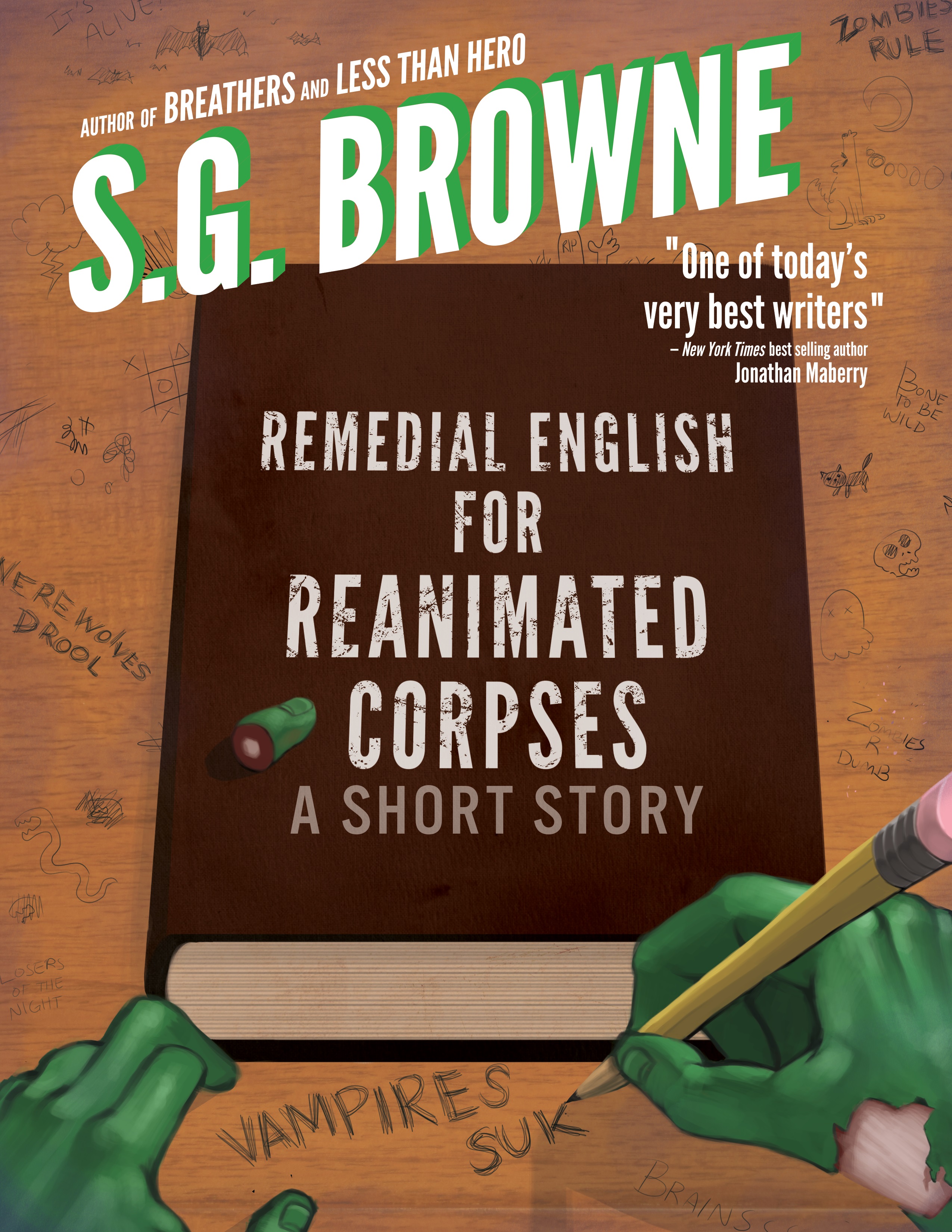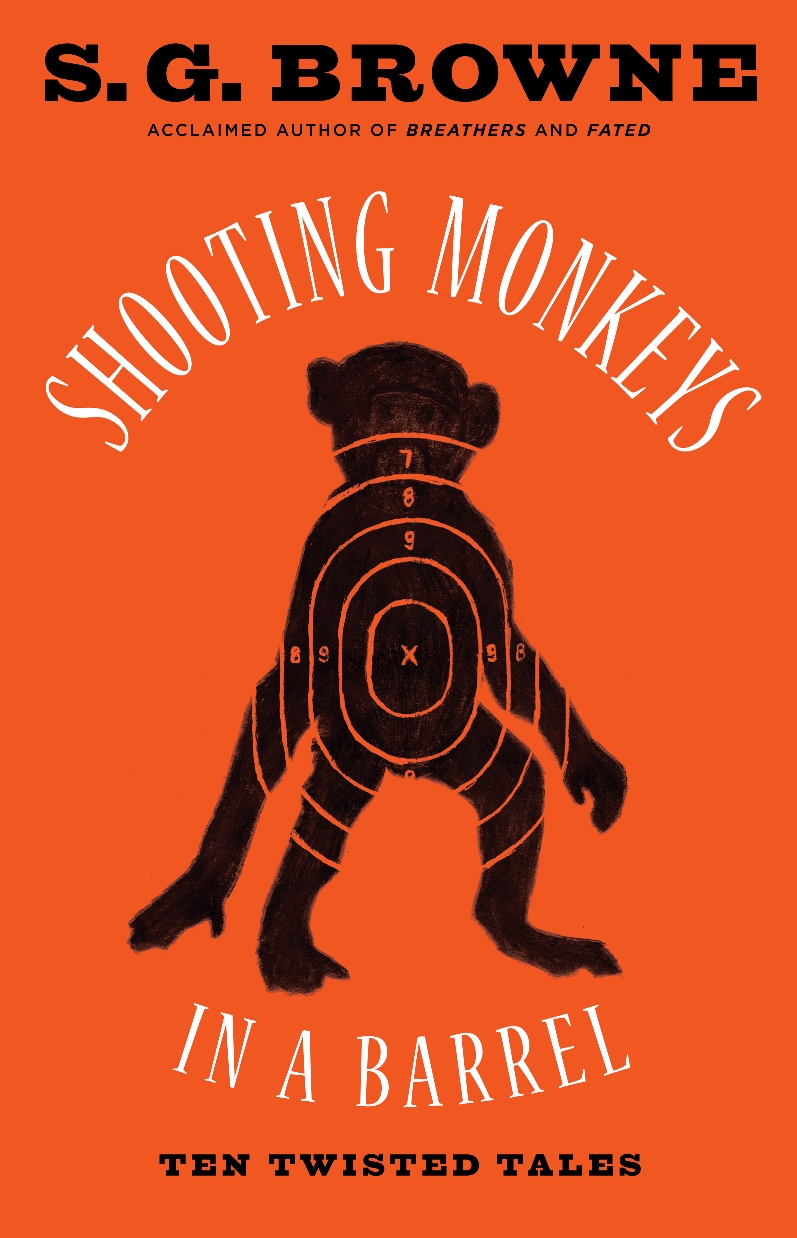Five Misconceptions About Writers
A lot of my friends who have “normal” jobs tend to have misconceptions about the life of a writer. Yes, they understand that I write, but they have these unrealistic ideas about free time and income and alcohol consumption. Okay, maybe they’re right about the alcohol.
I have to admit that I don’t understand what most of my friends do for a living, either. Teachers, dentists, firemen, artists, event planners…Yes, I understand what these jobs entail. But if you’re a retail training communications manager or a senior systems analyst or a director of advertising, I have no idea what you do. And if you try to explain it to me, you’re just going to sound like the adults in the Peanuts cartoons: “Wah wah wah wah wah.”
I realize that many of my non-writer friends might have the same reaction to an explanation of what I do. So in the name of shedding some light on the life of a writer or, more precisely, debunking notions about the lifestyle, I’ve written up my Five Misconceptions About Writers:
1) All Writers Do Is Write
Most writers today spend a minimum of four hours a day promoting themselves on social networking sites, writing blogs, doing interviews, keeping track of paperwork, responding to e-mails, setting up signings, and updating web sites. So we’re not only writers but marketers, publicists, travel agents, administrative assistants, and web techs.
2) Writers Have Lots of Free Time
On top of the four hours a day of non-writing that many of us do, eventually we have to find time to write. When you add in another four to six hours of actual writing, that often adds up to ten hour days, not including meals. And a lot of writers don’t take weekends off. If you’re a writer with a family, the idea of having free time to just do nothing becomes a work of fiction all its own.
3) Writers Lead Exciting Lives
Writers spend most of their time alone, sitting at a computer, making up imaginary stories about imaginary people. So while our fictional worlds might be exciting, we often need to get out and interact with human beings so that we remember what it’s like to have a real conversation. And conversations on Facebook or Twitter don’t count.
4) Publishing Contract = National Publicity
Even if you’re published by one of the Big Six New York publishing houses, that’s no guarantee you’re going to get any national attention. With hundreds of thousands of titles released by publishers each year (not including self-published books), chances are your book is going to end up struggling to find an audience. After all, there are only so many books that can get reviewed by TIME or USA Today. Sure, you could pay for ads or hire an outside publicist if if wasn’t for Misconception #5.
5) We’re Rolling in Royalties
Unless your name is Stephen King, J.K. Rowling, or one of the other multiple NY Times bestselling authors, chances are you’re not making a lot of money writing. On average, authors make anywhere from $0.50 to $2.50 for every book sold. If you have representation, 15% of that goes to your agent. Since most books don’t sell hundreds of thousands of copies per year, your average published author makes just enough to get by. Or else holds down a day job to help make ends meet.
While there are numerous other misconceptions on which I could elaborate, I’ll stop at five and let you share your own. Or else feel free to share your thoughts on the ones I’ve mentioned.
